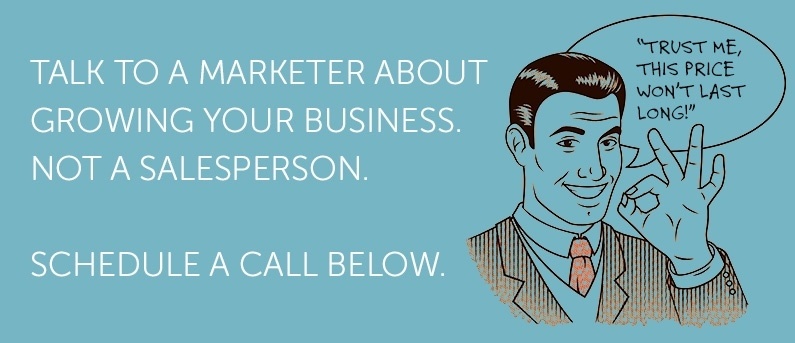Testimonials can be effective online sales tools. Exactly how effective they are depends on how they are used within your site. To make sure you are getting the most value possible from your customer testimonials, you can experiment with different variables to determine where, when and how those testimonials can best be used.
Below are some variables to experiment with when optimizing your customer testimonials.
- Pages on which they appear. If you have a single webpage filled with testimonials but do not have them appear anywhere else on the site, you are probably not getting full value from them. Try using individual testimonials on key pages throughout your domain.
- Location within each page. Once you do determine which pages to include testimonials on, experiment with where they should appear on the page. Perhaps they need to be closer to the call to action. They may also work better when they appear at the beginning (or at the end) of the page's content.
- Content relevance. Which testimonial should go on which page? You can test different customer reviews on different pages to see which provide the best conversion rates. The best review will likely be one that speaks to the concerns a prospect might have at that particular point in the sales cycle.
- Using images. Experiment to see whether having an image accompany a written testimonial improves conversion rates. If so, you can also test different sizes and types of images, such as using a photo of the customer versus using a stock image or a photo of the product.
- Using video. Most online reviews are text-based because it is easier to solicit and collect written testimonials. However, video can be a powerful tool for business. A video testimonial might do a better job of conveying emotions. A short video clip may also be seen as more trustworthy. The only way to know for sure is to test it as an option.
- Length. Should a testimonial be a one-sentence quote or a long description of the customer's full experience? The answer likely depends on the type of prospect or product. A long testimonial for a small purchase might be seen as overkill, whereas a large business-to-business product might benefit from a full case study.
- Geographic targeting. To a certain extent, it is possible to determine where an online visitor is viewing your site from. You could then experiment with serving up a testimonial from someone who lives in the same area to see if that improves your success rate.
- Rating scales. If you have enough customer reviews, you could experiment with using a rating scale (such as the five-star system used by many websites). A rating system gives readers a quantitative review, rather than a strictly qualitative one. The quantitative scale makes it easier to compare products or see the overall customer impression at a glance.
- Source. Reviews that come from an outside source, such as a third-party review website, might be seen as more reliable than a testimonial that you collected yourself.
By putting these factors to the test, you can improve your use of testimonials over time, resulting in more sales--and more satisfied customers who can provide positive reviews.
* Image courtesy of freedigitalphotos.net


